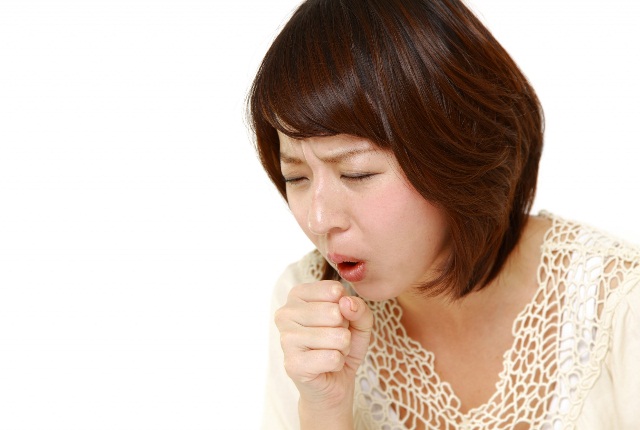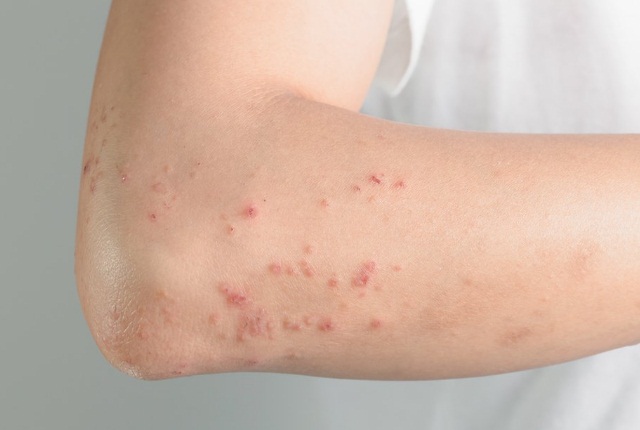In more times than we can count our health hazard depends on the circumstances that we face in our daily lives. We think that we could be safe and sound in the comfort of our homes, but many a time our homes and the environment we live in are the primary reason for us to fall sick and suffer its aftermaths. Mold is one such thing. It can grow up practically anywhere and simply requires a bit of moisture for its upkeep. The walls of your house, if they are moist, are favorite places for the molds to grow. Many times they are hidden from sight and can grow up behind the ceilings, vents and moist tiles. There are many classified mold species and almost all of them are harmful to human beings and pets. They release certain mold toxins and allergens in the air and we unwittingly breathe them and get its exposure. They are responsible for a number of health hazards and they should be controlled and eliminated to the maximum levels. In most cases, we do not know that we are living in the vicinity of a mold. We get to know of it only when our conditions get worse. In order to avoid this, we have listed down below a few simple signs and indications that you may be a victim of mold toxicity. Watch out for these signs and take care of them as per the needs.
6 Warning Signs Of Mold Illness That You Should Know About:
1. Headaches
This is the most common warning sign that occurs in the world of mold toxicity. Mold spores can easily get mixed with the air and can have an allergic reaction if inhaled for a long time. It directly affects the nasal cavities and can in result in a dull headache that refuses to go. These headaches, on the other hand, may resemble a sinus headache. The throbbing pain occurs when you inhale the air and your body starts to fight the allergens to keep it safe. You may start to feel better once you leave the room or place and breathe a wisp of fresh air outside. Look out for the dull pounding pain in your head and if it occurs frequently, it would be wise to check the mold toxic levels of the air or change the room to a better place.
2. Watery Eyes
Another simple way to find out if you are near the allergen vicinity is that if your eyes become wet and if they turn out itchy for no particular reason. Our eyes are extremely sensitive – More sensitive than our skin. Hence any changes to the atmosphere or the air affect our eyes first. Their basic defense mechanism is to tear up so that the irritants get eliminated. The same applies when we are affected by the mold too. Splash your eyes with cool water and pat dry with a soft towel in case the symptoms persist. If the condition persists, check out for your room or the place where you spend the major part of the day. The problem could be due to mold toxicity.
3. Coughing
A persistent cough is the third important indication that there are harmful carcinogens surrounding you. Small children and elderly people are especially affected most by it. Once the mold becomes airborne it can be easily inhaled and the irritants in it cause a coughing bout – usually followed by mucus. It also affects your respiratory system and hampers the inside layer of your throat, causing cough attacks. If left unchecked they can also lead to bronchitis and in many cases even pneumonia. Do not be lethargic about such cough attacks and makes changes to your atmosphere in case they are persistent.
4. Hives
Mold exposure can lead to the development of skin rashes and hives. Though not everyone will develop it, the chances of occurring are high when compared to other cases. Mold spores have the capability to enter your skin through the small pores on the surface of your skin. Hives start to occur in those regions as your immune system will consider the mold as an external agent and trigger it. Molds also lead to the formation of skin rashes and itchy skin symptoms. Over exposure to mold or staying in the vicinity for a longer duration will aggravate he signs even more. Look out for these signs and get a consultation with your doctor accordingly.
5. Digestive Complications
A long term exposure to mold can cause and set off gastrointestinal problems. Mold contains vast levels of mycotoxins. Once your body gets exposed to these harmful agents, they directly affect your digestive system. It can result in vomiting, diarrhea and cramping sensations in the abdomen. These complications usually do not go away with regular medications as you are exposed to the mold atmosphere frequently. Take out a blood test to understand what is causing the ailment and act accordingly.
6. Depression
Though there are many reasons for depression, one of the reasons can be due to mold exposure. The constant exposure can dull your senses and once you inhale them they reach your brain stream affecting the neurons. This causes a prolonged depression for no particular reason and can aggravate the more you stay exposed. One of the reasons why doctors suggest looking out for a new surrounding when you are affected by depression is due to this factor. Also, the new atmosphere can also be beneficial for both your physical and mental health. Take care of this fact and treat the depression as a warning sign of mold illness.







